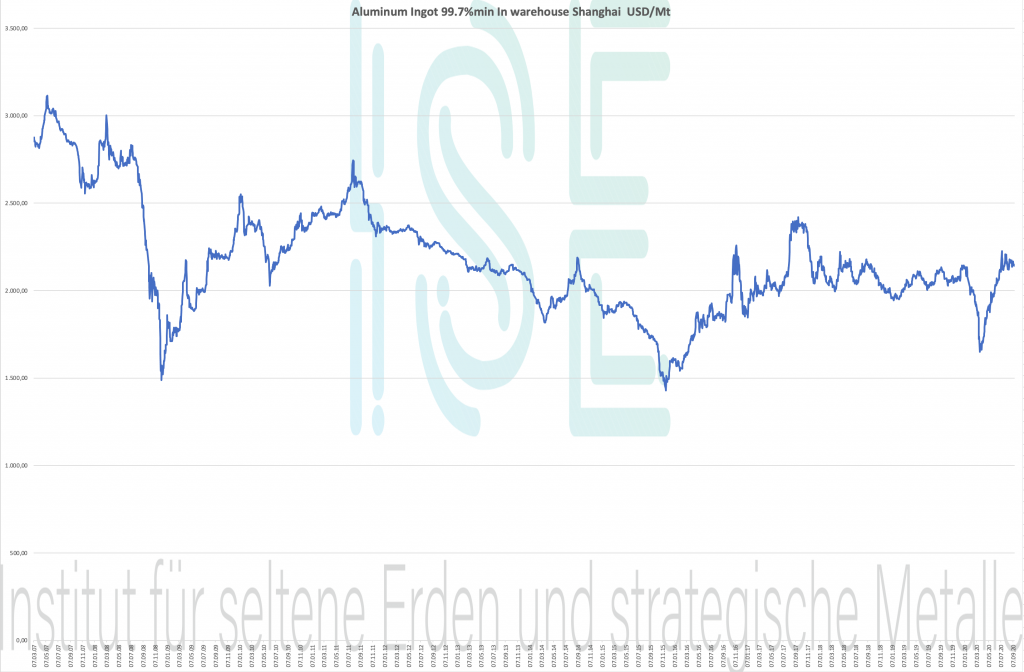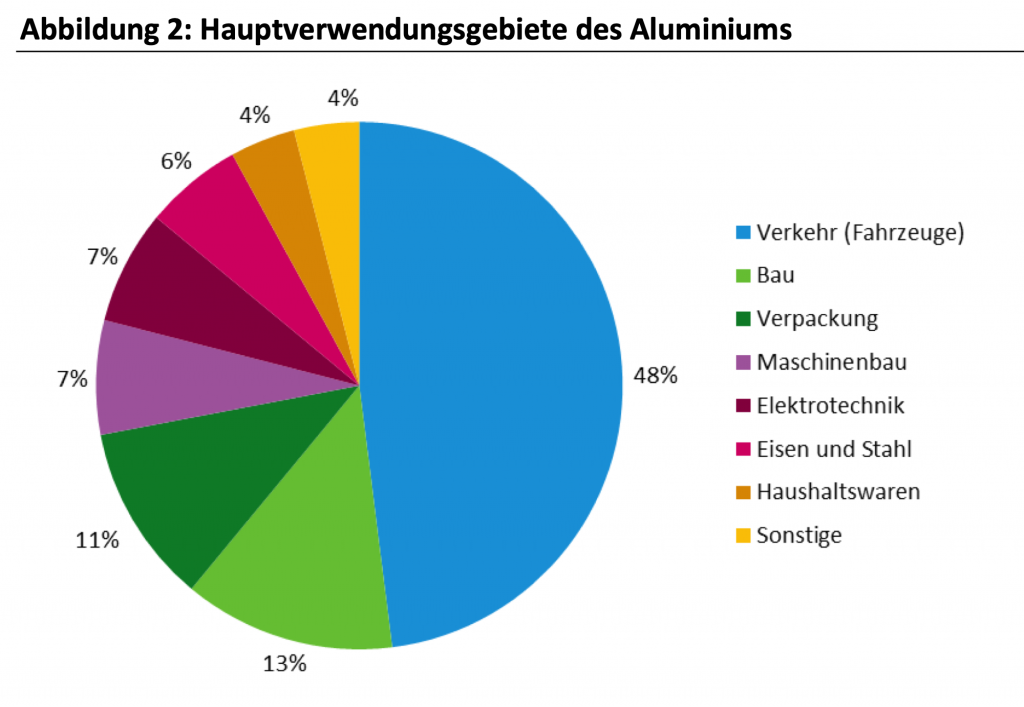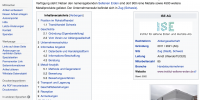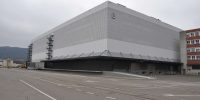Aluminum manufacturers are going green and may risk shutting down the market.
Tesla orders huge aluminum casting presses for its assembly line in Germany.
The "Gigapress" is the size of a small house and with a single module it will replace around 70 parts that are currently being glued and riveted into the car's chassis.

The new standard in die casting
The OL CS machines from 420 to 5500 tons are designed for high performance and constant product quality. Source: IDRA
Aluminum is one of the materials of choice for the electric vehicle pioneer because of its low weight and strength, which means additional mileage and increased safety.
Indeed, aluminum will be one of the metals that will be vital to the unfolding green revolution, not only because of its role in transportation but also because of its use in renewable energy sources, particularly solar panels.
The problem is that making aluminum is a carbon intensive business. The sector is responsible for almost 3% of global emissions.
The race to produce low carbon aluminum continues as manufacturers seek to improve their products in a changing consumer landscape.
But this growing gap between “green” and “black” aluminum carries the risk of breaking the current pricing model of the market, because a “green premium” not only comes much faster than many industrial players think, it could even be there.
The rocky road to zero
Aluminum smelting is an energy-intensive business and any producer's carbon footprint is primarily determined by what energy source they use. Hydro scores low. Coal does well. Gas is somewhere in the middle.
The average is around 10 tons of carbon per ton of aluminum produced, but the global range can be between 4 and 18 tons, according to Antti Koulumies, vice president of aluminum maker Metso Outotec.
The energy efficiency of the sector has deteriorated this century as more of global aluminum production has moved to China, where coal is the predominant source of energy, Koulumies said.
He was speaking at the CRU World Aluminum (Virtual) Conference this week, which saw producers appear in what was like a low-carbon beauty parade.
Alvance, the aluminum business of British commodity tycoon Sanjeev Gupta, is growing rapidly by taking over low-carbon smelting furnaces such as Lochaber in Scotland (hydro) and Dunkerque in France (nuclear). The company is looking for further acquisitions.
Indian Hindalco assumes the disadvantage of being dependent on coal, but is building an additional solar energy supply in its huts, with a target of 100 megawatts by March 2021, according to managing director Satish Pai. It's a relatively inexpensive way to reduce the carbon content per ton of metal.
Hongqiao, one of the largest producers in the world, has chosen the very Chinese solution of reducing two million tons of capacity in Shandong Province (coal) and building a new smelter and a “green” aluminum center in the water-rich Yunnan.
The move will be completed in a super-fast time by the end of the first quarter of 2021, according to Ron Knapp, former head of the International Aluminum Institute and now special advisor to the chairman of Hongqiao.
The industry's ultimate goal is to be carbon neutral by 2050, a goal that may require redefining the Hall-Heroult smelting process itself.
ELYSIS, a joint venture between Rio Tinto and Alcoa, already exists with a process that eliminates all direct greenhouse gas emissions from smelting. Apple, a partner on the project, has already made its first purchase, said Tolga Egrilmezer, head of aluminum marketing at Rio Tinto.
However, many producers, especially in China, are convinced that the path to zero emissions is long and arduous, if not impossible.
The emerging split between “green” and “black” aluminum will continue to grow.
Division of the market
Despite the haste with which (mainly hydro) producers differentiate their products, a “green premium” has so far been considered difficult to achieve.
Part of this is because there is disagreement on exactly how to calculate “green” metal. Manufacturers of low carbon metals distrust each other's methods.
More fundamentally, there is not yet enough demand to generate a physical premium.
Western consumer brands like Apple and Tesla are relatively well supplied with low-carbon aluminum from Canadian and European smelters.
Left to market forces, it is uncertain how long it would take for demand to grow enough that buyers would pay a physical premium to secure supplies.

Prices for aluminum ingot 99,7% from 2007 to 2020 USD / mth. Source: Institute for Rare Earths and Metals
However, it will not be left to market forces alone.
“Astute and forward-thinking policymakers are considering shifting to government procurement practices to assess low carbon materials (and) green borders,” said Jean Simard. Simard is the chairman of the Canadian Aluminum Association, which gives an indication of which policy makers he has in mind.
But it is the European Union that is leading the way by both accelerating its carbon reduction strategy and looking for ways to punish imports of high carbon products to prevent carbon leakage.
Distribution of the price
While a "green premium" has not yet been traded in the physical aluminum market, it is beginning to take shape in the financial market, which is anticipating the forward curve of both carbon regulation and consumer demand.
Trading house Trafigura has just announced a facility for up to $ 500 million in low-carbon aluminum financing with support from Natixis and Rabobank. The interest will be paid “at a preferential rate”, which will allow Trafigura to pay a premium to the manufacturers of low carbon aluminum for their product.
The facility is also likely to be used to fund inventory. Aluminum is a metal that has always had high inventories, which are financed through the futures curve of the London Metal Exchange (LME).
Such transactions can only last a few months or be structured over years, in which case the financiers are now faced with a dilemma.
"Trading houses that do the bulk of their cash-and-carry business understand that high-carbon products may trade at a discount to their low-carbon counterparts if those deals are completed in 1-2 years," said Citi analysts .
With carbon rapidly rising on the agenda of institutional investors, "Western banks could become more restricted in funding high-carbon materials over time," Citi said.
This difference in investment needs for inventory will be tradable on the spot platform that the LME will introduce next year. The initiative complements a step towards voluntary reporting on the ecological footprint of a metal.
It's a neat way to deal with the complexity of competing "standards" in a rapidly evolving aluminum market. It is hoped that the market itself will standardize the premium for low carbon metals over time.
But as different regions travel at different speeds on the path to carbon reduction, it seems unlikely that there will be a single global “green premium”, but rather a series of regional premiums for low carbon metals that run alongside the existing traditional regional premiums traded.
Aluminum pricing is likely to become much more complex.
Trafigura claims it was the first trading house to set up a desk to trade low carbon aluminum in 2019.
It won't be the last.
September 2020 - Arndt Uhlendorff / ISE / Reuters





